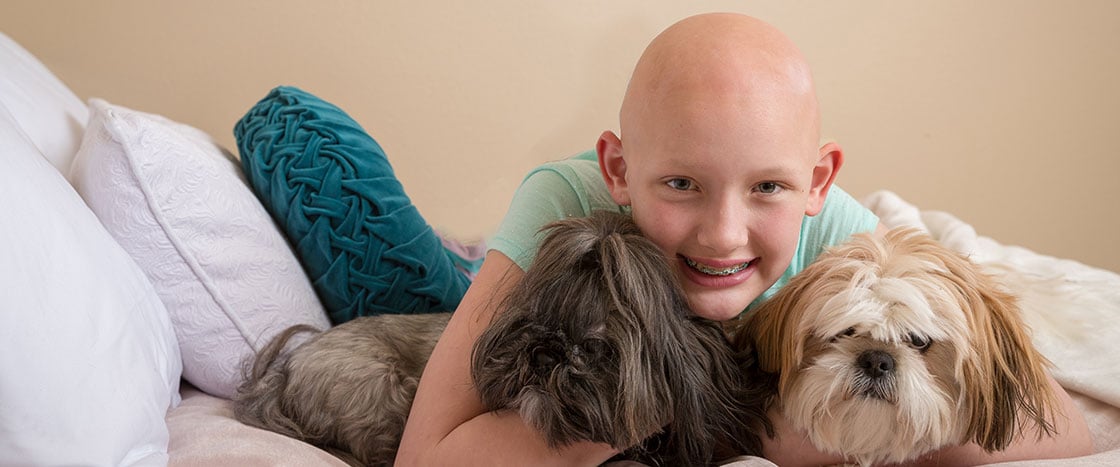In many ways, Ariah Deming is just like any other fourth-grader. She’s obsessed with the Diary of a Wimpy Kid series. She shows off a mouthful of braces when she smiles (which is often). She loves playing with her dogs and taking care of her baby sister.
But there is one thing that makes Ariah [uh- RYE-uh] stand out: She doesn’t have any hair.
Ariah has alopecia areata, a disease that prevents her hair from growing properly. Living with alopecia [al-oh-PEE-shuh] has not been easy. But over time, the 11-year-old from Denver, Colorado, has come to embrace her difference—and even see it as a kind of superpower.
“It makes me feel special, because I’m out of the ordinary,” Ariah explains.
In many ways, Ariah Deming is like other fourth-graders. She loves the Diary of a Wimpy Kid series. She shows a mouthful of braces when she smiles (which is often). She likes to play with her dogs. She takes care of her baby sister.
But there is one thing that makes Ariah [uh-RYE-uh] stand out: She doesn’t have any hair.
Ariah has alopecia areata. This disease prevents her hair from growing properly. Living with alopecia [al-oh-PEE-shuh] has not been easy. But the 11-year-old from Colorado has learned to like her difference. Today, she sees it as a kind of superpower.
“It makes me feel special, because I’m out of the ordinary,” she says.


